The IT Pro Podcast: How to scale your tech platform
For startups, building a platform is only half the battle - after that, you’ve got to grow it
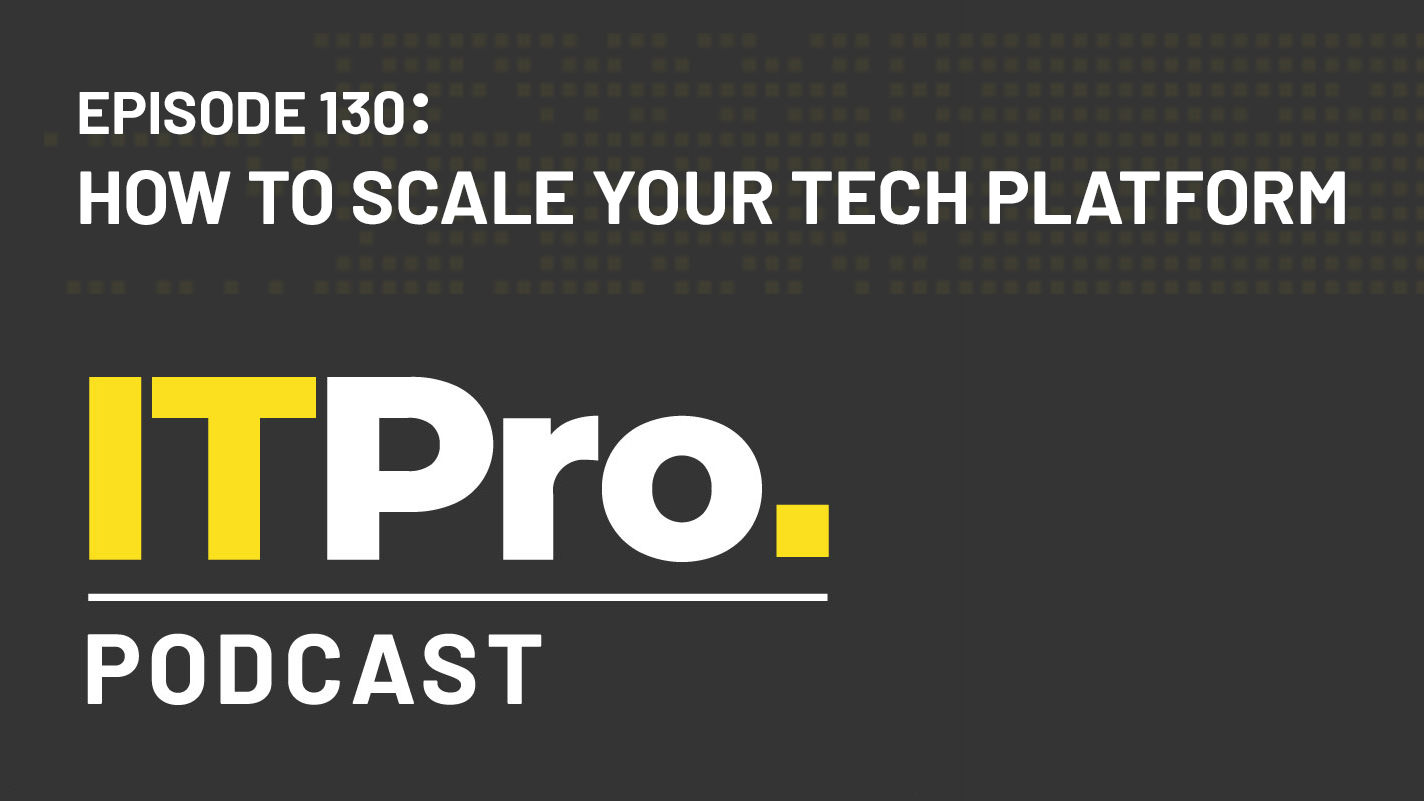
Building an application from scratch isn’t exactly easy. Startups wishing to create a digital platform for their business will need to contend with technical recruitment, infrastructure choices and the numerous headaches inherent in the development process. However, even once your platform has been built, the struggle still isn’t over.
As your business grows, your platform will need to scale too, and managing this process without reinventing your architecture from the ground up can be challenging. This week, we’re speaking to Avinash Gangadharan, CTO of car-sharing startup Turo, to find out more about the company’s approach to platform scaling, and how he addressed some of the challenges it presented.
Highlights
“A stack that's cloud native should have capability to scale horizontally fairly easily. Pour money, provision more hardware, and you should be able to scale horizontally. Theoretically, that's how it works; practically, I don't think the majority of the people out there who start building a product for a startup, build it in a way where this is actually true. You can elastically scale horizontally, in theory, to some extent, but your bottlenecks are still primarily your data tiers - that's what happened with us.”
“I think the thing that surprised me the most was how attractive we were to the bots out there, and to these request based attacks that happened to us - and I was very surprised. Why would someone try to DOS Turo or do a request based attack on us; what's going on? And that surprised us for quite a bit. We were not necessarily sophisticated in that area about 18 months ago, I'd say. So that was, I think, my biggest surprise, keeping our incoming traffic in control, in check, was something that was challenging earlier.”
“I feel that when you are part of a budding business, the scale of the business is fairly small, you're focused on really growing the business, you tend to make decisions which completely undermine the fundamentals of platform design, basically. Some of these fundamentals are not very difficult or tough ones for you to go get from the beginning; it's just fear, I guess, or maybe shortcuts that make you think that alright, I'm not going to architect my data tiers so that the data is organised in a better structure, I’ll put everything on one instance, write some SQLs and get stuff done.”
Read the full transcript here.
Footnotes
- How to become a DevOps engineer
- Streamlining DevOps in hybrid, multi-cloud, on-premises, and edge environments
- IT Pro Live: Scaling enterprise DevOps with a platform team approach
- The IT Pro Podcast: Stamping out scope creep
- The IT Pro Podcast: Everyone needs Kubernetes certs
- The IT Pro Podcast: Coping with technical debt
- IT Pro Panel: Defining DevOps
- Scale automation more easily
- How to scale your organisation in the cloud
- The 'new normal' is pushing us closer to the edge
- What is edge computing?
- Top considerations for building a modern edge infrastructure
- From edge to cloud – and everywhere in between
- AWS to invest £1.8bn in UK data centres and other cloud infrastructure
- Amazon Web Services review: AWS packs in more features than any other cloud service provider
- Best practices for running Microsoft SQL Server on AWS
Subscribe
- Subscribe to The IT Pro Podcast on Apple Podcasts
- Subscribe to The IT Pro Podcast on Google Podcasts
- Subscribe to The IT Pro Podcast on Spotify
- Subscribe to the IT Pro newsletter
- Subscribe to IT Pro 20/20
Get the ITPro daily newsletter
Sign up today and you will receive a free copy of our Future Focus 2025 report - the leading guidance on AI, cybersecurity and other IT challenges as per 700+ senior executives
ITPro is a global business technology website providing the latest news, analysis, and business insight for IT decision-makers. Whether it's cyber security, cloud computing, IT infrastructure, or business strategy, we aim to equip leaders with the data they need to make informed IT investments.
For regular updates delivered to your inbox and social feeds, be sure to sign up to our daily newsletter and follow on us LinkedIn and Twitter.
-
 Westcon-Comstor and Vectra AI launch brace of new channel initiatives
Westcon-Comstor and Vectra AI launch brace of new channel initiativesNews Westcon-Comstor and Vectra AI have announced the launch of two new channel growth initiatives focused on the managed security service provider (MSSP) space and AWS Marketplace.
By Daniel Todd Published
-
 Third time lucky? Microsoft finally begins roll-out of controversial Recall feature
Third time lucky? Microsoft finally begins roll-out of controversial Recall featureNews The Windows Recall feature has been plagued by setbacks and backlash from security professionals
By Emma Woollacott Published
-
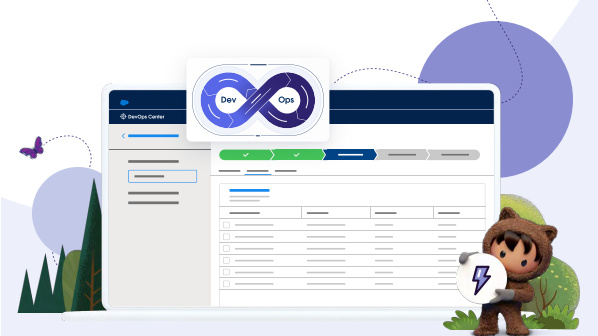 A DevOps guide to the Salesforce platform
A DevOps guide to the Salesforce platformWhitepaper Learn how to ship code faster, safer, and with agility.
By ITPro Published
-
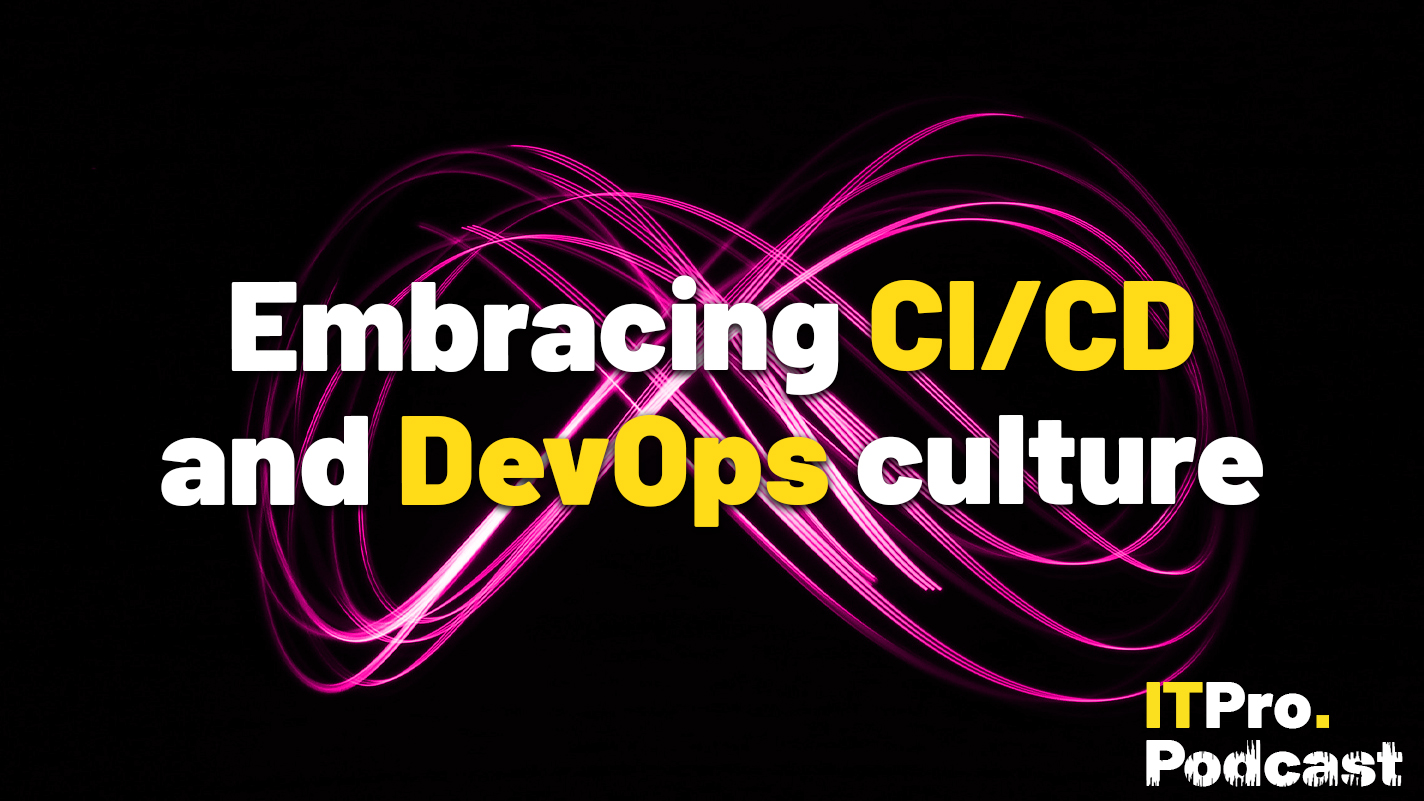 Embracing CI/CD and DevOps culture
Embracing CI/CD and DevOps cultureITPro Podcast Without proper communication, businesses won’t fully benefit from CI/CD
By Rory Bathgate Published
-
 What is platform engineering and will it see the end of DevSecOps?
What is platform engineering and will it see the end of DevSecOps?In-depth Platform engineering is not just the latest industry buzzword but could represent a profound change in how software is developed and governed
By Ross Kelly Published
-
 AI acceleration represents a ‘tectonic shift’ for DevSecOps
AI acceleration represents a ‘tectonic shift’ for DevSecOpsInterview David DeSanto, chief product officer at GitLab, believes there’s still much more to come for AI use cases in DevSecOps
By Ross Kelly Published
-
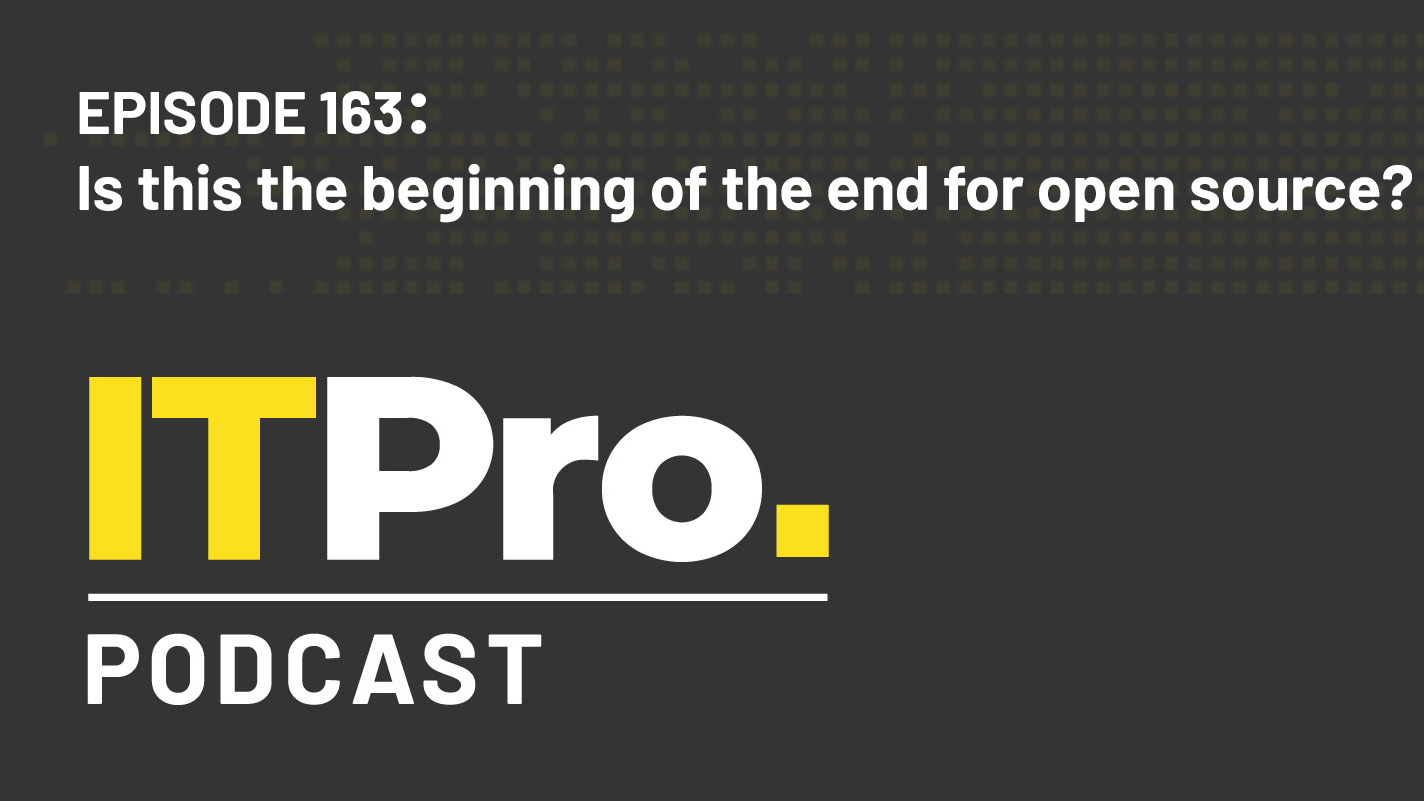 The IT Pro Podcast: Is this the beginning of the end for open source?
The IT Pro Podcast: Is this the beginning of the end for open source?ITPro Podcast There’s positive momentum in the open source community, but key players are questioning its longevity
By IT Pro Published
-
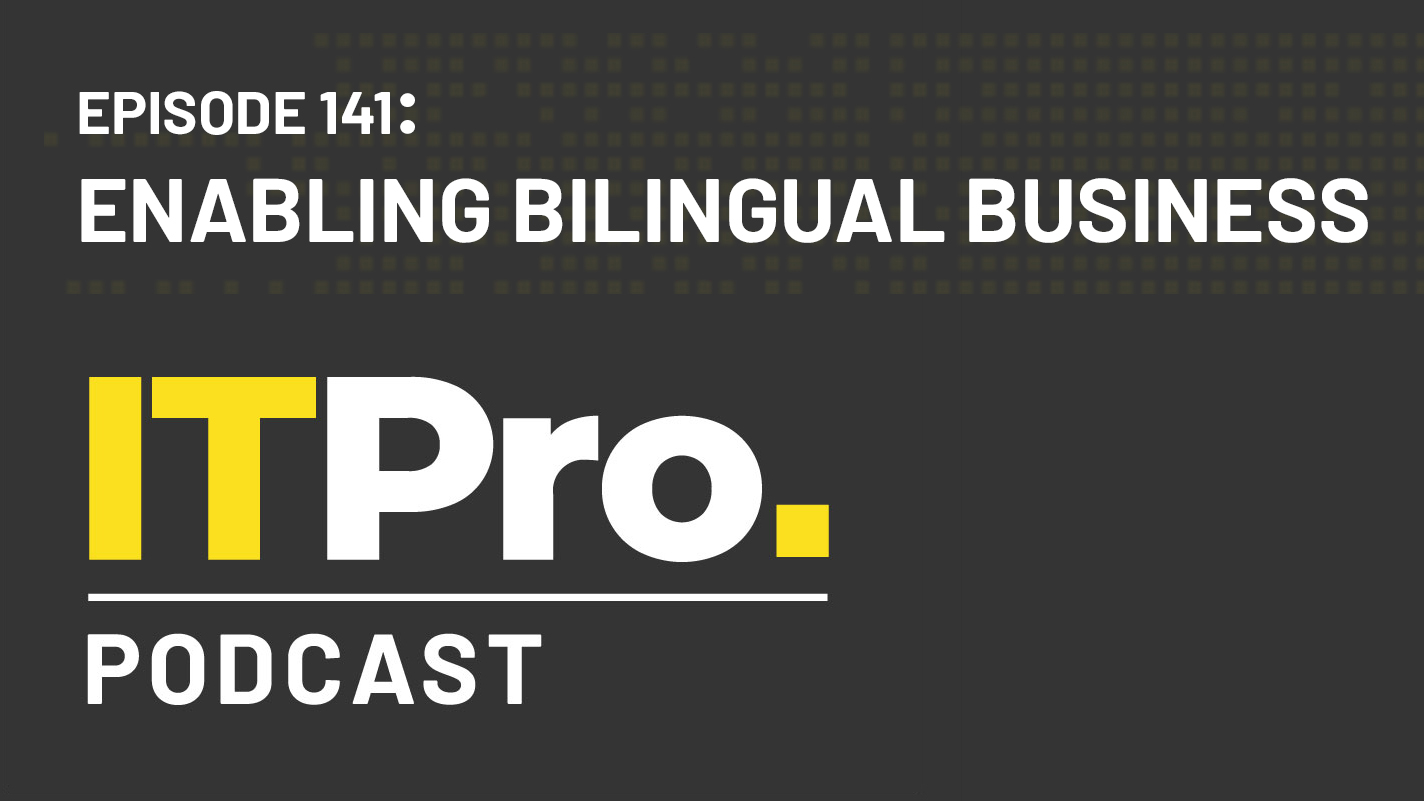 The IT Pro Podcast: Enabling bilingual business
The IT Pro Podcast: Enabling bilingual businessIT Pro Podcast How Wales is using digital tech to deliver a greater choice of languages
By IT Pro Published
-
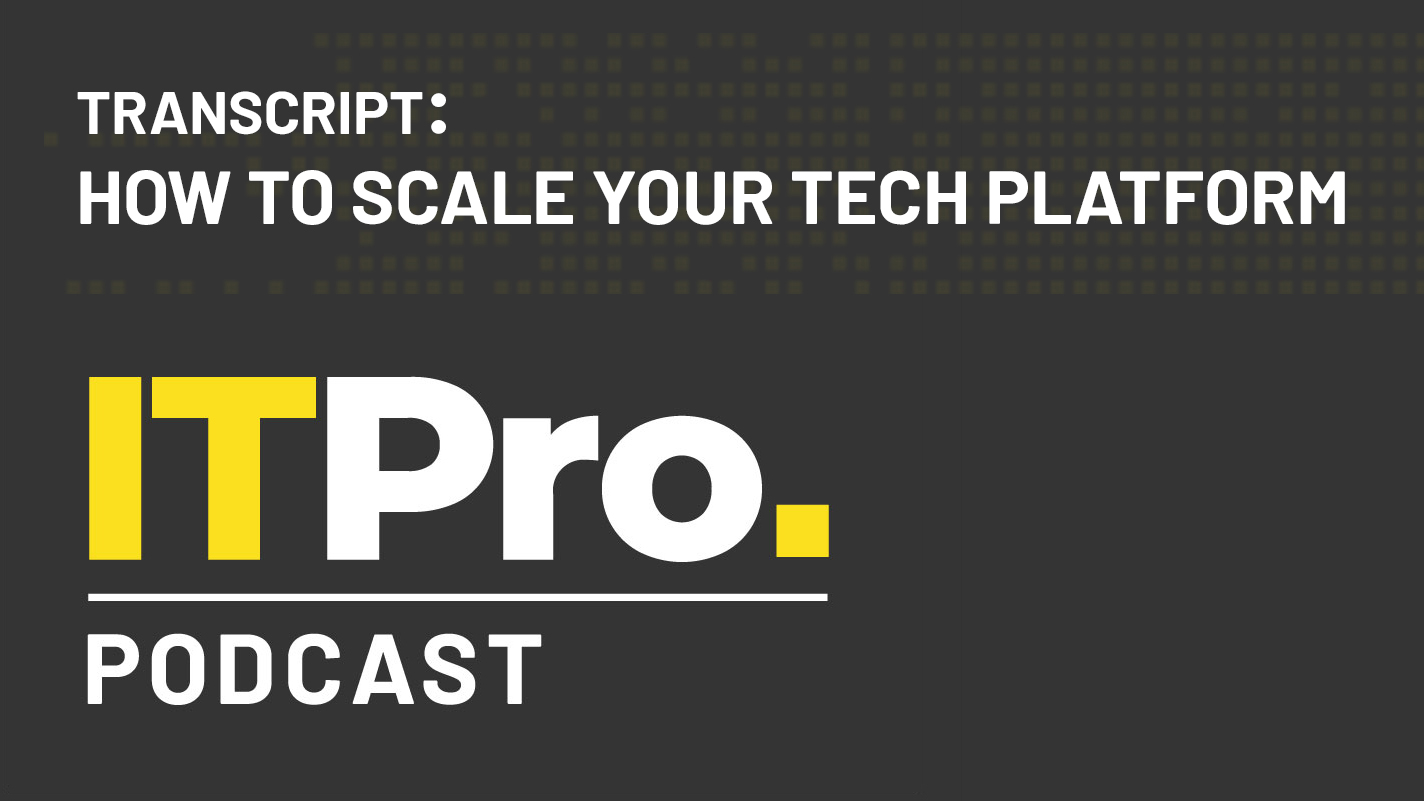 Podcast transcript: How to scale a tech platform
Podcast transcript: How to scale a tech platformIT Pro Podcast Read the full transcript for this episode of the IT Pro Podcast
By IT Pro Published
-
 The IT Pro Podcast: Do degrees make better developers?
The IT Pro Podcast: Do degrees make better developers?IT Pro Podcast There are many routes into the tech industry - and higher education may not always be best
By IT Pro Published
